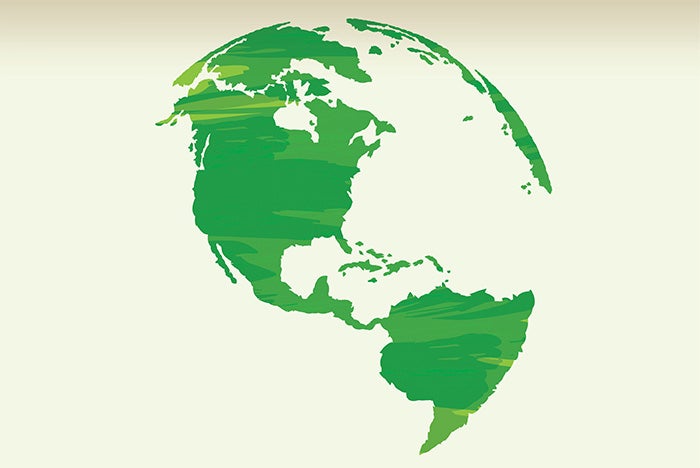Treasure hunts help support decarbonization project funding
In 2019, Richie Stever, MHA, CHFM, CLSS-HC, LEED AP, vice president of real estate and construction at the University of Maryland Medical System (UMMS), led an American Society for Health Care Engineering (ASHE) Energy to Care® Treasure Hunt team at the University of Maryland Medical Center, the system’s flagship hospital. Stever’s team investigated the mechanical rooms as well as the central plant and roof areas. Their findings included dampers leaking air to the outside and failing humidifiers in the air-handling units. Four other teams found additional problems across the facility, representing a total of $2 million in potential savings.
In addition to a variety of no-cost opportunities (removing refrigerators from unnecessary places, for instance), there were projects requiring capital funds. After Stever worked with UMMS’s chief financial officer (CFO), a list of priorities was developed. The capital planning committee approved $500,000 in funding to cover several projects, including repairs to the dampers and humidifiers. Based on the results of the treasure hunt, the committee also approved additional funding for 2020.
“Speaking the CFO’s language (equating the savings to number of adjusted patient days) really helped get the capital funding,” Stever says. For example, addressing the humidifier steam leaks resulted in $154,000 in annual savings — an amount equal to 2.73 patient days and more than $14 million in equivalent patient revenue. According to ASHE’s Kara Brooks, MS, LEED AP BD+C, senior associate director of sustainability, hospitals might see an average of $900,000 in annual savings opportunities after conducting treasure hunts.
In response to the success of recent treasure hunts, ASHE is implementing a new online platform called HealQuest™. Where treasure hunts were developed with large teams in mind, HealQuest starts with the individual and becomes a group effort over time. This gradual shift is intended to promote team building and help participants navigate smaller sustainability projects as well as those typically addressed by treasure hunts.
“HealQuest is organized into four tiers,” Brooks says. “The first tier is an eLearning module called ‘Operation Decarbonization,’ which is completed independently. The second tier is on-site sustainability training, where participants are organized into teams based on their expertise and interest. The third tier is the actual treasure hunt, which we’ve developed further with a focus on sustainability. The last tier is a presentation of the results to hospital leadership. From there, ASHE staff follow up with the hospital to ensure that they are implementing the strategies discovered during HealQuest.”
HealQuest is expected to launch in the second quarter of this year. Operation Decarbonization will also be available for purchase separately from HealQuest.


